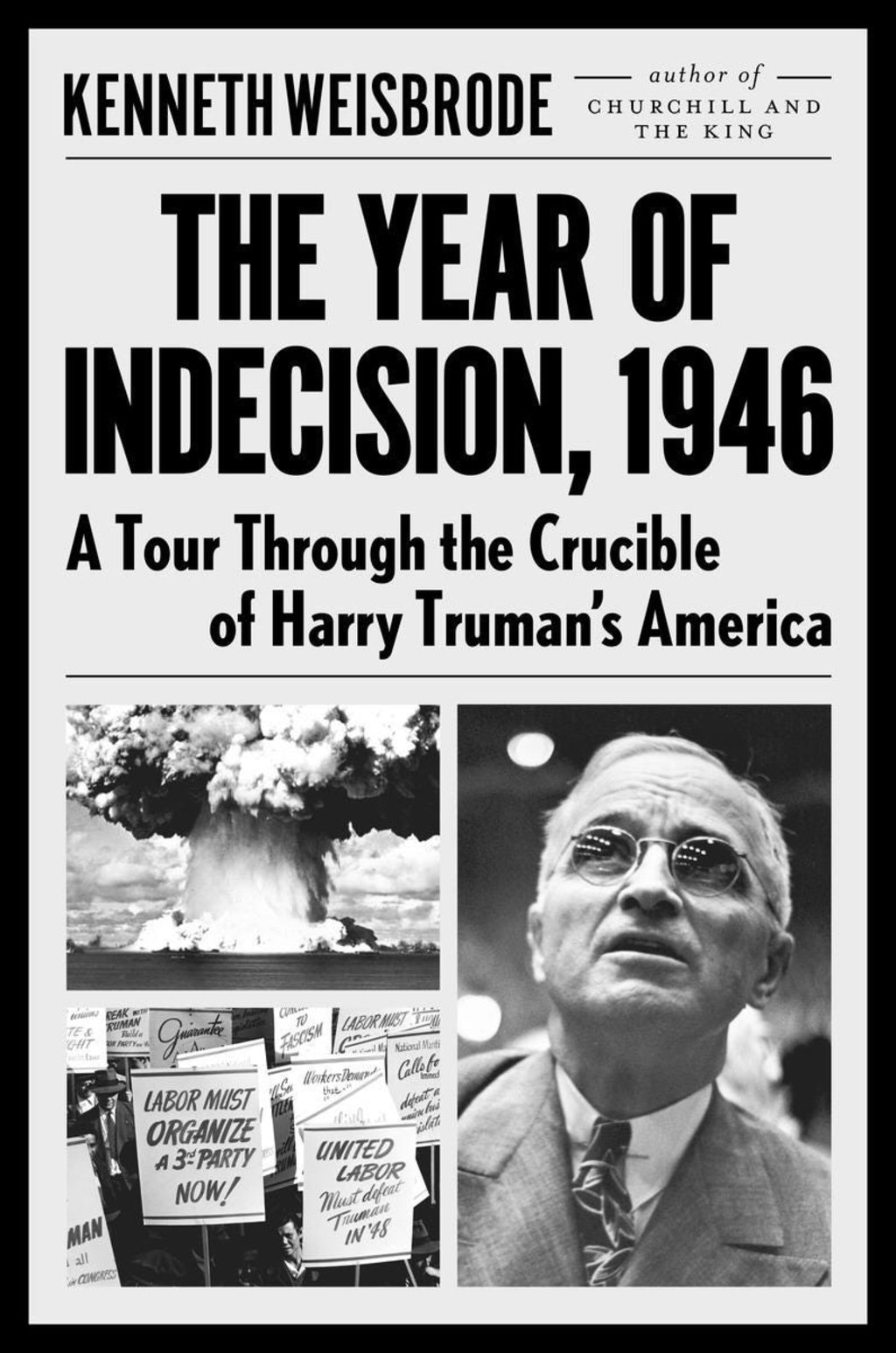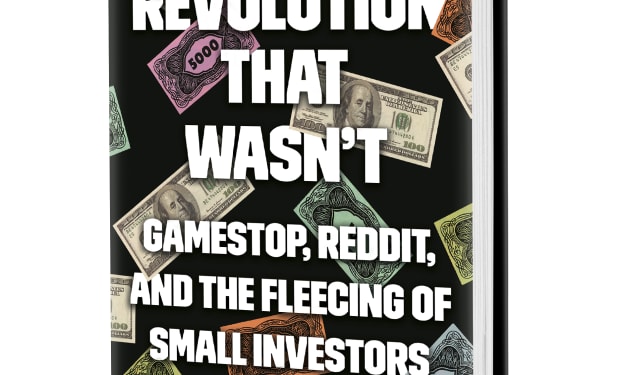Truman’s Forgotten Economic Crisis
Winning the peace after WWII was quite a challenge

President Harry S. Truman is famous for many great lines, including one of my favorites: “I never gave anybody hell! I just told the truth and they thought it was hell.”
What perhaps isn’t so well known is the economic turmoil his administration had to navigate as peace broke out.
Kenneth Weisbrode reveals that story, as well as other parts of the first post-war year, in his book: The Year of Indecision, 1946: A Tour Through the Crucible of Harry Truman’s America. It was published in March 2016.
The end of WWII was supposed to bring prosperity. Indeed, the period from the defeat of Germany and Japan through to the end of the 1960s is largely regarded as a halcyon period of stellar growth and good times for Americans.
Tough Start to Post-war Period
But it didn’t start out that way without major problems. First, the United States had to switch from a war footing. The change was brutally painful.
Wage and price controls had to go. On top of that, government buying of materials specifically for the war had to end. Out would go what looked like a little like a centrally planned economy, in would come the free market.
The initial result was awful. Wages went down, prices went up and workers lost their jobs.
“Average rent went up, in some cities, by 1,000 percent. The price of butter went up by 25 percent,” says Weisbrode. Steak too, nearly doubled in price.
Victorious American Soldiers Begged for Shelter
Soldiers returning from the war “were seen selling “Welcome Home” signs, begging for a place to live,” he writes.
Weekly pay for manufacturing workers dropped from $47.12 in April 1945 to $43.07 in July 1946.
My former employer General Motors fired 140,000 United Auto Workers as the government canceled contracts worth $2 billion, the book states.
- “Nineteen-forty-six would see the largest strikes in recent memory,” he writes, as union workers wanted a payoff for their restraint during wartime.
- “The value of the dollar would fall.”
- “Taxes became more burdensome.”
These events of echo the drama of the 1970s when inflation ran rampant, strikes blighted the economy, and unemployment surged.
Weisbrode says that economic tension resulted in mutual mistrust of labor versus managers. “Workers remained fearful of unemployment and inflation, while businessmen worried about the workers,” he writes.
The war “had been sold like a stock, and public now demanded a dividend.” That shouldn’t be terribly surprising given the huge casualties. Lest we forget, before the war many Americans thought the U.S. should avoid entanglement in yet another Europe-led war. Thankfully, the U.S. did come to the recue of the freedom loving peoples of across the world.
This book, which is well worth a read, gives fascinating detail of how the economic malaise played out in that first year of peace. Of course, we all know the result now — America continued to be the richest country in the world. Still, the journey shows how hard maintaining that status was.
1946 Puts Contemporary America in Context
It also reminds us that whatever troubles the U.S. faced recently such as the Covid-19 pandemic, the Russian beligerence in eastern Europe, and the subsequent surge in inflation.
These problems -- and they are problematic -- will be overcome. U.S. leaders have successfully dealt with similar challenges in the past, and will no doubt do so again. If one administration fails, then the American people will swiftly bounce the incumbents out of office in favor of people who can get the job done. That's one of the beauties of democracy.
This is an edited version of a story first published on Forbes.com on March 4, 2016.
About the Creator
Simon Constable
Simon Constable | Author | Broadcaster | Journalist | Commentator | Speaker
You'll find his work in The Wall Street Journal, Barron's, Time Magazine, Forbes, Fortune, TheStreet.com, the NY Post, NY Sun, and the South China Morning Post.







Comments
There are no comments for this story
Be the first to respond and start the conversation.